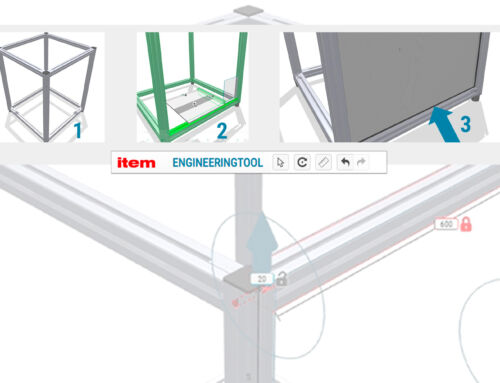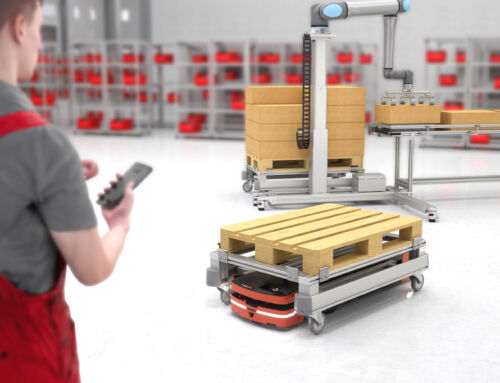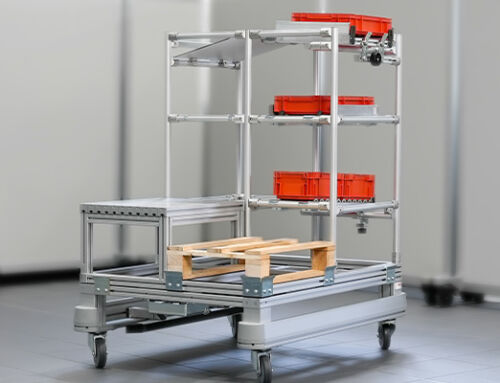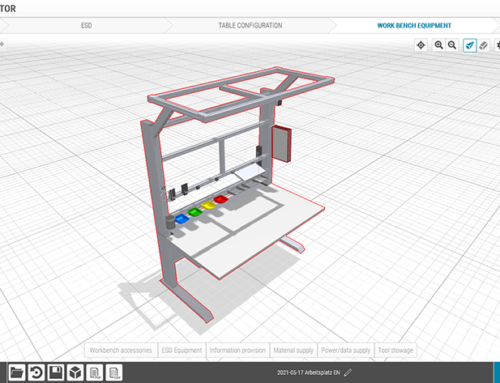It’s not always easy to maintain an overview in the maze of digitization terminology.
Digitization is a topic of discussion in every aspect of life these days – in political, ethical and professional circles. Yet in these discussions, there is also frequently a silent assumption that a number of terms and buzzwords are simply understood. For tech-heads, getting to the bottom of what these terms mean is more than just a boring necessity – it’s a real pleasure. Things that previously had a whiff of science fiction about them have now become part of real life. In the following blog entry, we would therefore like to introduce you to some key pieces of digitization terminology.
Big data
The term “big data” describes volumes of data that cannot be evaluated using conventional data processing methods such as manual analysis because they are too complex or too large, change frequently or are not sufficiently structured. As digitalisation progresses, so the volume of data increases, too. The definition of big data formulated by business consultancy firm Gartner had a major influence on how we talk about it, setting out the primary aspects as follows:
Volume: The huge scope of the data
Velocity: The high speed at which the data is processed
Variety: The wide range of available data sources
Handling big data therefore takes appropriate artificial intelligence-based solutions. With their support, meaningful information about in-house machinery and customers can be gleaned from the huge volumes of data. It’s not for nothing that people are saying data is the new gold. Of course, data protection is then also always a consideration, especially in light of the GDPR.
Cloud computing
Cloud computing users take advantage of a provider’s IT infrastructure – generally via the Internet. This enables them to access memory, processing power or application software, saving the company the costs associated with procuring hardware and software. Cloud computing also makes rapid scaling possible. Although there are mixed forms of cloud computing, the following distinctions defined by the National Institute of Standards and Technology (NIST) still shape this sector. For “software as a service”, all that is needed is an Internet-capable computer with a browser, and the relevant software can be used in the cloud. The item Engineeringtool is an example of this. “Infrastructure as a service” offers access to IT resources such as processing power, memory and network structures in the cloud. Finally, “platform as a service” provides programmers with an external environment for developing and supplying new applications.
Digital engineering
Digital engineering refers to the use of innovative digital tools for everyday mechanical engineering work. The functions of the software concerned go far beyond those of standard CAD programs. The networking of the engineers themselves is also a key part of digital engineering. In the item Engineeringtool, for example, globally unique project numbers make it possible to share designs with colleagues around the world. Integrated product finders, a drag & drop function for the simple placement of components and the automatic alignment of parts make design work even easier.
Digitalization and digitization
While the two terms may be similar, and are frequently used synonymously, “digitization” generally refers to a purely technical process of transferring information from analogue to digital form, while “digitalization” can mean a number of things. Firstly, it can describe the process of using digital technologies and tools to optimize internal processes in line with the continuous improvement process (CIP). Secondly, it can refer to companies expanding or even reinventing their business model based on technological innovations. In addition, the term digitalization is also used in the sense of “digital transformation”, a process and idea that takes a holistic perspective, incorporating changes in society and different sectors.
Industry 4.0
The term Industry 4.0 was coined by the high-tech strategy of the German Federal Government. The aim is to network industrial production with the help of information and communications technology. The smart factory set-up is a perfect example. Using cyber-physical systems (CPS), it is possible, for instance, for workpieces to be represented by a software agent, enabling them to communicate for themselves and determine which employee is best suited to do the processing. The Industrial Internet of Things forms the basis for this. Another example is automated guided vehicle systems (AGVs) that carry out intralogistics tasks autonomously. These are already in use in numerous sectors, including the automotive industry.
Artificial intelligence (AI)
Of all the digitalisation terms examined here, artificial intelligence (AI) is certainly the one that is most widely discussed at the moment. The history of AI is as thrilling as it is complex. Fundamentally, however, it always boils down to recreating human perception and intelligence in machine form. In an industrial context, machine learning is currently the in thing. This involves an algorithm analyzing existing data-sets for recurring patterns. The AI can draw conclusions based on the findings and then apply this knowledge to new data. Deep learning, on the other hand, is a subset of machine learning where a machine “thinks” independently – that is to say, it creates new connections – using artificial neural networks.
Predictive maintenance
Predictive maintenance describes a process by which machinery continuously transmits data, and this is analysed so as to proactively prevent potential faults. Even the slightest deviation can be enough to indicate that a machine is not functioning as desired. Of course, huge volumes of data (big data) have to be collected to make the appropriate comparisons. The advantages are obvious. Predictive maintenance cuts the risk of downtimes significantly and also makes it easier to plan servicing.
Are you interested in digitalization and what the future of mechanical engineering holds?
Then we have something that might just help! Simply subscribe to the item blog by completing the box at the top right.
.









